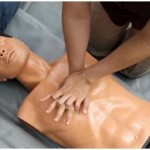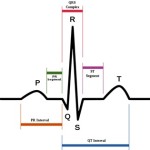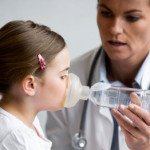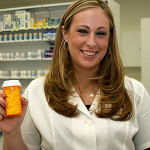Strep throat (Streptococcal pharyngitis) is an infection of the throat caused by group A Streptococcal bacteria which results in an inflammation and pain in the throat and tonsils. The bacteria can affect children and adults with lowered immunity, especially little children or older people. The infection can spread from person- to – person with close contact. If this condition is left untreated it can lead to serious kidney and heart damage.
Streptococcus is a bacterium that can be found in the throat, intestine, upper respiratory tract or on the skin of the people as non pathogenic agent without causing any symptoms of an illness. If the patient’s immunity is lowered this agent can cause mild infections like strep throat or impetigo.
Common and typical symptoms of strep throat include:
- Sudden and severe sore throat, pain in the throat and difficulty swallowing
- Chills and fever over 38°C, because lower temperature may suggest infection caused by virus and not strep bacteria.
- White or yellow spots or coating in the tonsils and throat
- Swollen tonsils, swollen lymph nodes in the neck
- Bright or dark red spots on the back of the throat
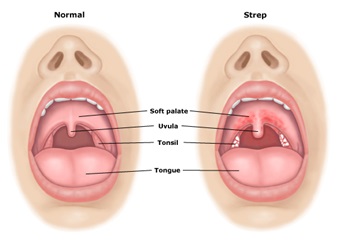 The listed symptoms can be different from person to person, and they may vary. If the infection is accompanied by a red skin rash that develops over the neck and chest and it eventually spreads over the whole body, it is known as a scarlet fever.
The listed symptoms can be different from person to person, and they may vary. If the infection is accompanied by a red skin rash that develops over the neck and chest and it eventually spreads over the whole body, it is known as a scarlet fever.
Symptoms similar to strep throat include mononucleosis or viral throat infection and that is why it is important to notice when you have a sore throat caused by viruses and when you have strep throat caused by bacteria. The viral sore throat will get better with rest and in time, and it doesn’t lead to complications or organ damage. However the bacterial strep throat needs treatment and more attention so it won’t cause additional complications. Strep throat usually doesn’t include common cold symptoms like coughing, sneezing or stuffy/runny nose. The infection is contagious and it is spread with close contact with an infected person. The symptoms caused from strep infection develop after approximately five days from exposure to the bacteria.
Diagnosing strep throat
If you have more of the symptoms listed you should check your health care provider for examination. The diagnosis includes examination of the throat for sings of inflammation, examination of the neck for swollen lymph nodes, measuring the body temperature, etc. The tests may include taking a swab from the tonsils and throat for RADT (rapid antigen detection test) that provides results within minutes and the more precise throat culture provides results within 48 hours, and helps making the antibiotic diagram used for treatment of the infection. While performing these tests it is important that the patient is not on any antibiotic therapy.
Complications
Complications occur if the infection is left untreated. The complications are serious and you should inform your health care provider if the given therapy is not working, or the symptoms are still present. Potential complications include:
- Rheumatic fever – this complication occurs after 2-4 weeks of strep throat infection, it affects the skin, joints, heart and brain. The most serious is developed rheumatic fever affecting the heart valves.
- Kidney disease – post streptococcal glomerulonephritis. It usually resolves on its own and it doesn’t cause long-term kidney damage if treated. The symptoms include blood in the urine, loss of protein and puffy eyes.
- Otitis media – short and painful middle ear infection
- Sinusitis- sinus infection
- Pneumonia
- Meningitis
- Guttate psoriasis – skin condition that is not contagious, it is a type of psoriasis with teardrop shaped red spots that appear on the arms, legs and middle body.
- Mastoiditis – infection of the mastoid bone, that is located in the skull behind the ear.
- Peritonsilar abscess – infected material collected in the area around the tonsils
Treatment of Strep Throat
If you are diagnosed with strep throat your health care provider probably took throat culture that will indicate what kind of antibiotic should be used in the treatment of your infection. Usually the antibiotics that are used in the treatments are penicillin and amoxicillin, but this may vary depending on the antibiotic diagram made from the throat swab culture.
When the antibiotic treatment starts the full 10 day oral use must be completed even if the infection symptoms are resolved sooner, that way you can ensure that they won’t return and you will prevent developing any complications. Home care includes rest, drinking more fluids and proper food diet.
Prevention of Strep Throat
If you want to manage the infection and prevent its spread you can follow these simple rules that will help you:
- Avoid close physical contact with others, in case of going into bigger groups of people use mouth and nose protecting mask
- Don’t share food, drinks, or same personal items
- Frequent hand washing
Use Vitamin C for improving your immunity


